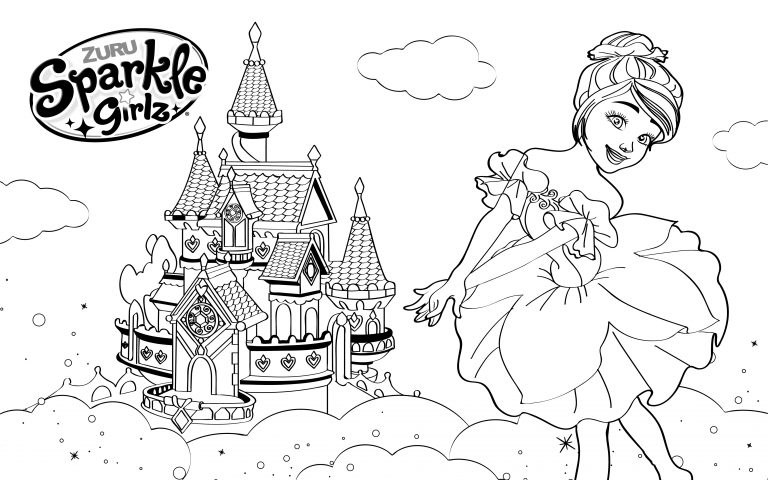What is ringworm you ask? Well, it’s a fungal infection of the skin, that’s very contagious. Prevention is always better than cure, so read on for advice on the signs and symptoms, treatments, risks and complications of ringworm in children.
What is ringworm?
Despite its name, ringworm is not caused by a worm! It’s a fungal infection also known as tinea (tinea comes from a mould-like group of fungi called dermatophytes). Ringworm gets its name because it appears as a circle or oval shape – on either the scalp or the body.
Because ringworm is very contagious it needs prompt treatment. The infected child’s towels, combs, brushes and bed linen need to be kept separate from others in the family. Other family members also need to be checked regularly to see if they have ringworm. Outbreaks of ringworm will often happen at a school or childcare centre.
Ringworm most commonly occurs in children between the ages of 3 – 7 years old ,and more commonly in boys than girls. Ringworm is caught from contact with a person already infected, from living in crowded conditions, from cats and dogs, or from touching something an infected person or animal has touched. Though it’s rare, ringworm can also be picked up from the soil.
Ringworm appears around 1 to 2 weeks after first contact with the fungus. It should clear up within a month of being treated.
Tinea, or ringworm, also causes ‘jock itch’ in the groin of adolescent boys and men, as well as athletes foot, which traditionally shows up between the toes.
What does ringworm look like?
How do you know if your child has ringworm? Find out what ringworm looks like in this handy video from DrER.tv:
Video courtesy: DrER.tv
What are the symptoms of ringworm?
- Small round/oval scaly patches in the hair or on the body – may first look like a pimple
- Rough, reddened borders to the circle with white patch inside
- The outer rim of circle is made up of little bumps
- On the scalp the hair over the ringworm may be missing, broken or short
- In severe cases the ringworm patch can be inflamed and crusted
How to treat ringworm in kids?
Follow these 4 simple steps for treating ringworm in kids.
1 See your pharmacy or doctor/physician
Ringworm can usually be treated by over the counter, or OTC, antifungal creams. You may want to see your doctor or physician if the ringworm is very bad, or if your GP provides cheaper medications for children.
2 Application of antifungal cream to treat or cure the ringworm
Follow the instructions on the antifungal cream. Be extra vigilant that you wash your hands thoroughly before and after application to prevent spreading the ringworm. You may even want to consider using disposable gloves.
3 Scalp ringworm rash may also require an oral antifungal medication
Your doctor or pharmacist can advice if your child may need to take an oral antifungal medication. There are low-level risks with all medications, so make sure you discuss this with your GP.
4 Wash pyjamas and bedclothes daily while your child is being treated
Hygiene is extra-important during treatment. Make sure you extend simple hand-washing techniques to your child’s clothes, towels and bedclothes. Wash these daily in a hot wash to ensure the fungus isn’t spread to other members of your family.
Risks and complications of ringworm in kids
- If you have a pet in your household, your children are at increased risk of contracting ringworm.
- If ringworm is not properly treated it can persist and cause an infection that is hard to get rid of
- It can easily be spread to other parts of the body and to other people
- Development of secondary skin infections, which will need to be treated by your doctor
How do I prevent my child getting ringworm?
- Teach your child good hygiene – regular hand washing, not sharing clothes or combs
- Ensure your pet receives treatment for ringworm
- Keep your child away from the pet while both are being treated
- Teach your children to always wash their hands after touching animals
- Teach your child not to kiss pets and never to handle animal faeces
- Keep animals healthy
- Keep animals out of bedrooms and off beds and furniture
- Tea tree oil is a good all-round preventative for fungal type conditions – add it to bathwater, to the clothes wash and use it when washing animals
Animals that can pass ringworm to humans include
- Cats – especially kittens
- Dogs – especially puppies
- Horses
- Goats
- Pigs
- Cows
Now that you know about how to treat ringworm, you may want to know about 6 common contagious infections kids get from school. Or, for more expert health advice check out Health and wellbeing section.







